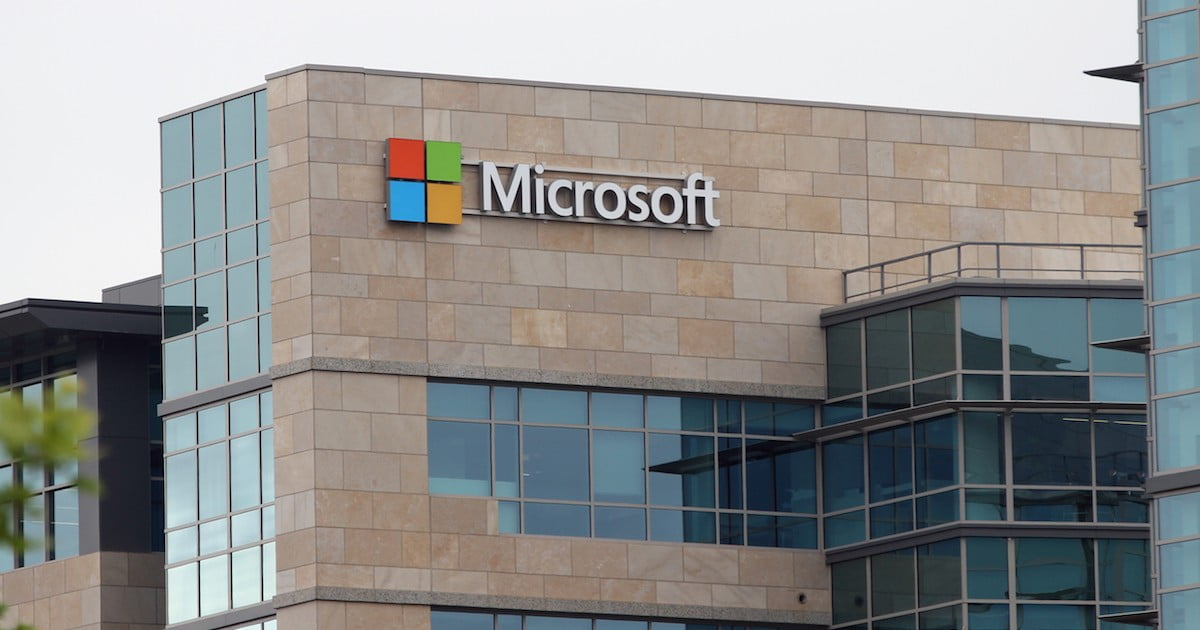
A Brief History of Microsoft – The Worlds Biggest Software Company
- November 21, 2021
- 0

Microsoft is an American multinational computer technology corporation whose history started 4th April 1975. Formed by Harvard College dropout, Bill Gates and his childhood friend Paul Allen, Microsoft has now become the biggest software company. It is also one of the most valuable companies in the world.
So how did Microsoft become so successful?
Microsoft is engaged in developing, licensing and supporting a range of software products and services catering to different requirements. In 2000 Steve Ballmer was appointed the new CEO of Microsoft. Bill Gates had met Steve Ballmer at Harvard University before he left. Although there was some concern over Ballmer’s ability, Microsoft retained its top spot in both business and personal computer markets. Microsoft’s primary strengths and most of its profits were obtained from the business side. Although the company recognised that they had a major presence in consumer markets as technology advances.
The successful Altair deal back in January 1975 inspired Bill Gates and Paul Allen to form Microsoft. Their revenues for 1975 totalled $16,000. Microsoft’s big break was in 1980, when a partnership was formed with IBM which resulted in Microsoft providing a crucial operating system, DOS, for IBM PCs. This meant that for every IBM Computer sold a royalty was paid to Microsoft. In 1990, Gates showed the future plan for Microsoft with the introduction of Windows 3.0. 60 million copies of Windows had been sold now which effectively made Microsoft the sole keeper of the PC software standard.
Microsoft before 1990 was predominantly a supplier to the hardware manufacturers. That was their target market. As technology advanced and personal computers become so popular, the bulk of Microsoft’s revenue was generated from sales to consumers. It was the first software company to reach $1 Billion in revenues. As more and more versions of Microsoft Windows were launched, Microsoft captured a higher market share the world’s PC (around 90%).
Project Longhorn in 2001, saw many of Microsoft’s previous operating systems being replaced starting with Vista. Vista was released to the general public in 2007 and it was the new operating system. There was many Vista options available catering for different consumers; Home (Basic or Premium), Ultimate, Business and many more. Microsoft’s core customers, the corporate market preferred Windows XP as the operating system was fast, stable and secure.
Windows 7 was released in 2009 to replace Vista which secured Microsoft’s lead in the software market. This was followed by the release of Windows 8 in Oct 2012 which included major changes to its OS platform and user interface to improve user experience on tablets. Since then Windows 8.1 has been released (October 2013) which contained more improvements.
Microsoft also entered the gaming and mobile phone market and was successful in capturing a large market share. The Windows Mobile OS is used by numerous sellers including HTC, LG, Samsung and LG. In 2001 Microsoft released the Xbox followed by Xbox Live in 2002. Both releases were very successful which placed Microsoft second in the video gaming market. The Xbox 360, released in 2005 was a very powerful gaming console while facing strong competition. Microsoft had to cut the prices of their gaming consoles to gain a higher market share due to competition. This was a successful move; the Xbox 360 was the most used game console in American homes.
Microsoft acquired Skype in 2011 for $8.5 Billion; this was the largest acquisition in Microsoft’s history. Microsoft acquired Skype to compete with Apple’s Facetime and Google’s Voice. Microsoft planned to add Skype to its products such as Outlook, Xbox and Windows smartphones.
Microsoft has also recently moved into cloud computing with Windows Azure platform which was announced in 2008. The Windows Azure platform lets consumers build computing infrastructure in the “cloud” and offer it to its users. In 2011, Office 365, a cloud version of Office business software suite was released which included applications such as Word and Excel.
Another popular product, Microsoft’s SQL Server 2012, featured many enhancements to previous versions. This included Always On which provided options to improve the database availability and easy cloud set up and compatibility. Features also included performance and programmability enhancements. DSP-Explorer provide support for all versions and features of Microsoft SQL Servers, across a wide variety of windows platforms.
[“source=content”]



















